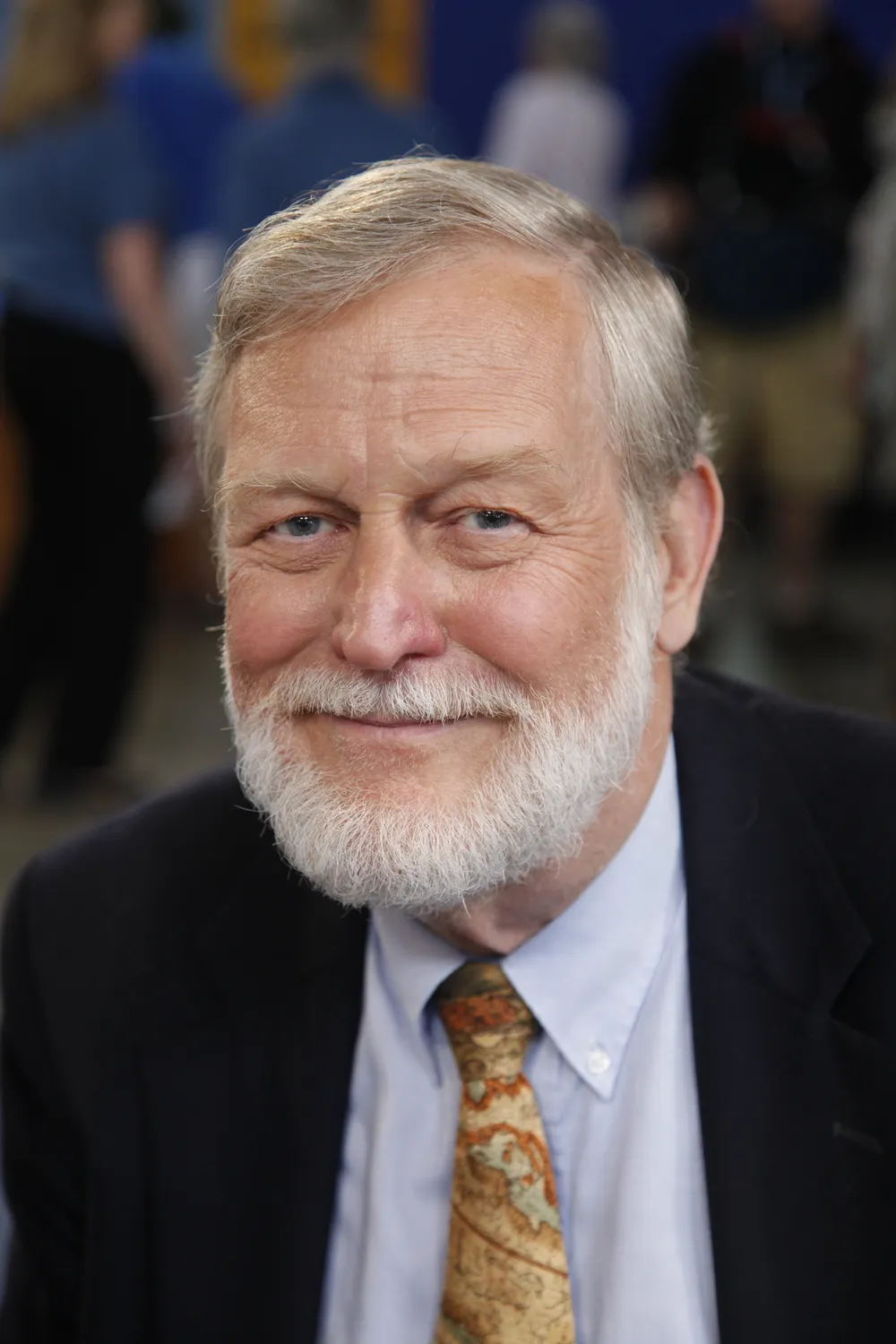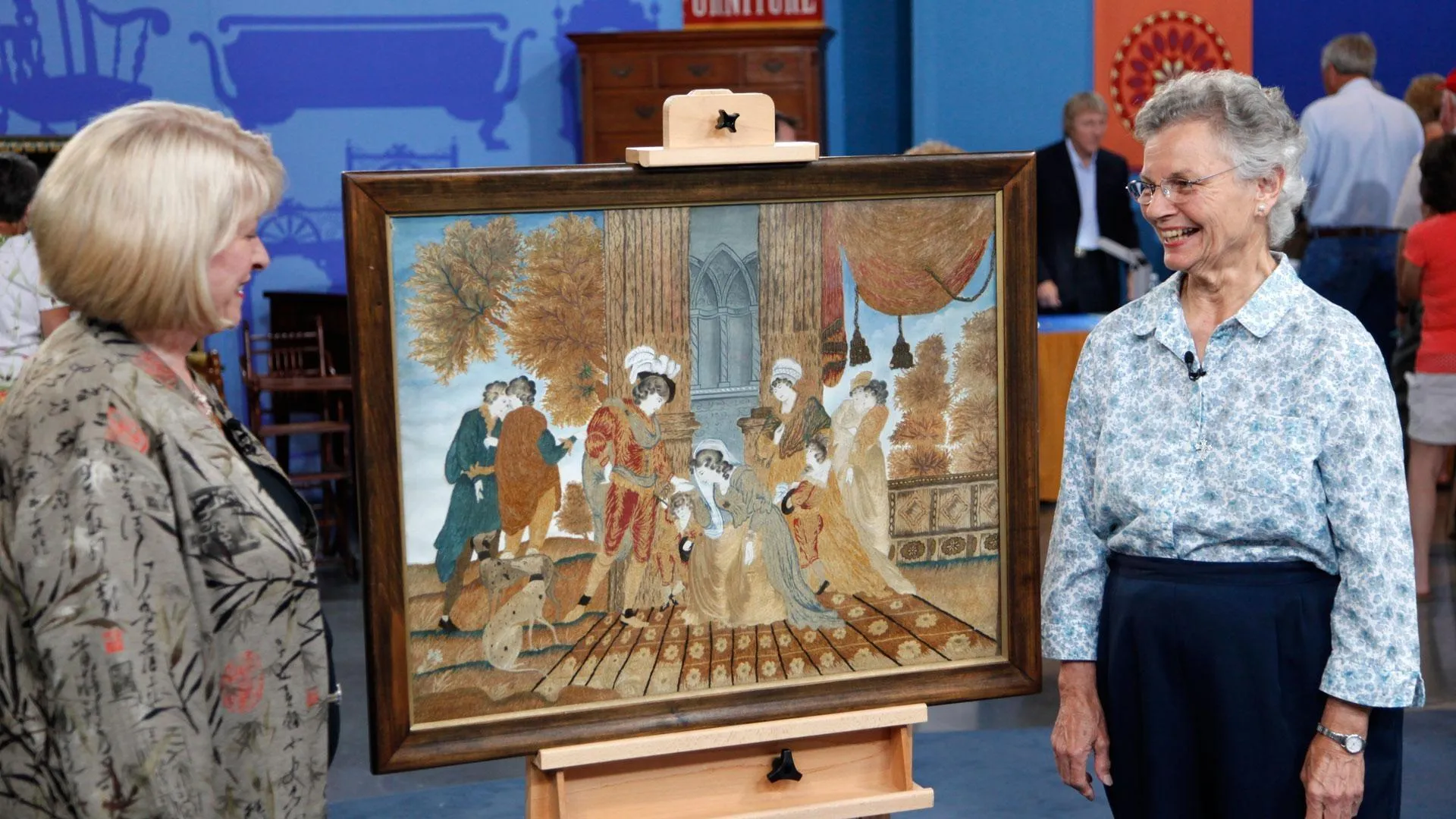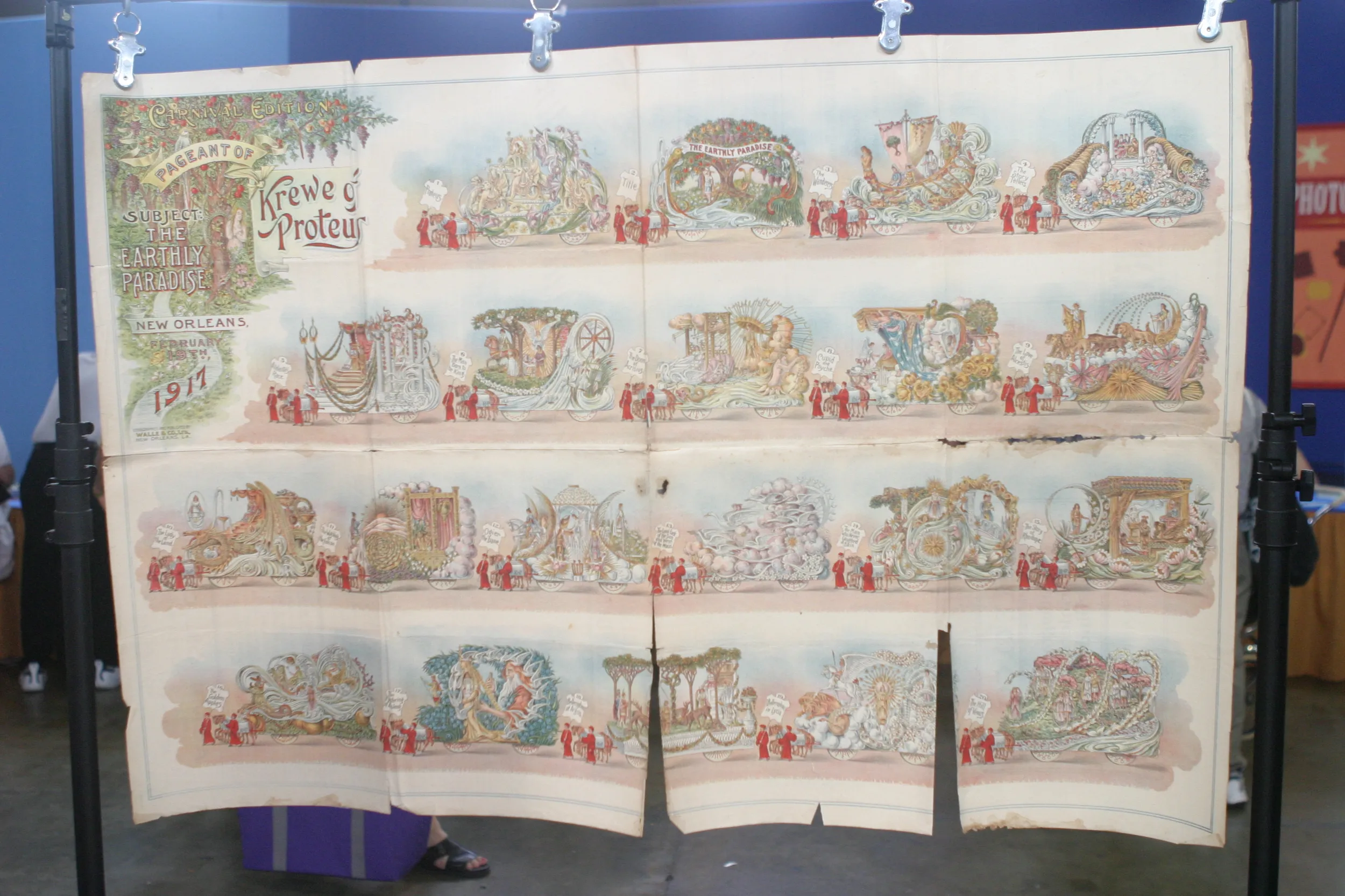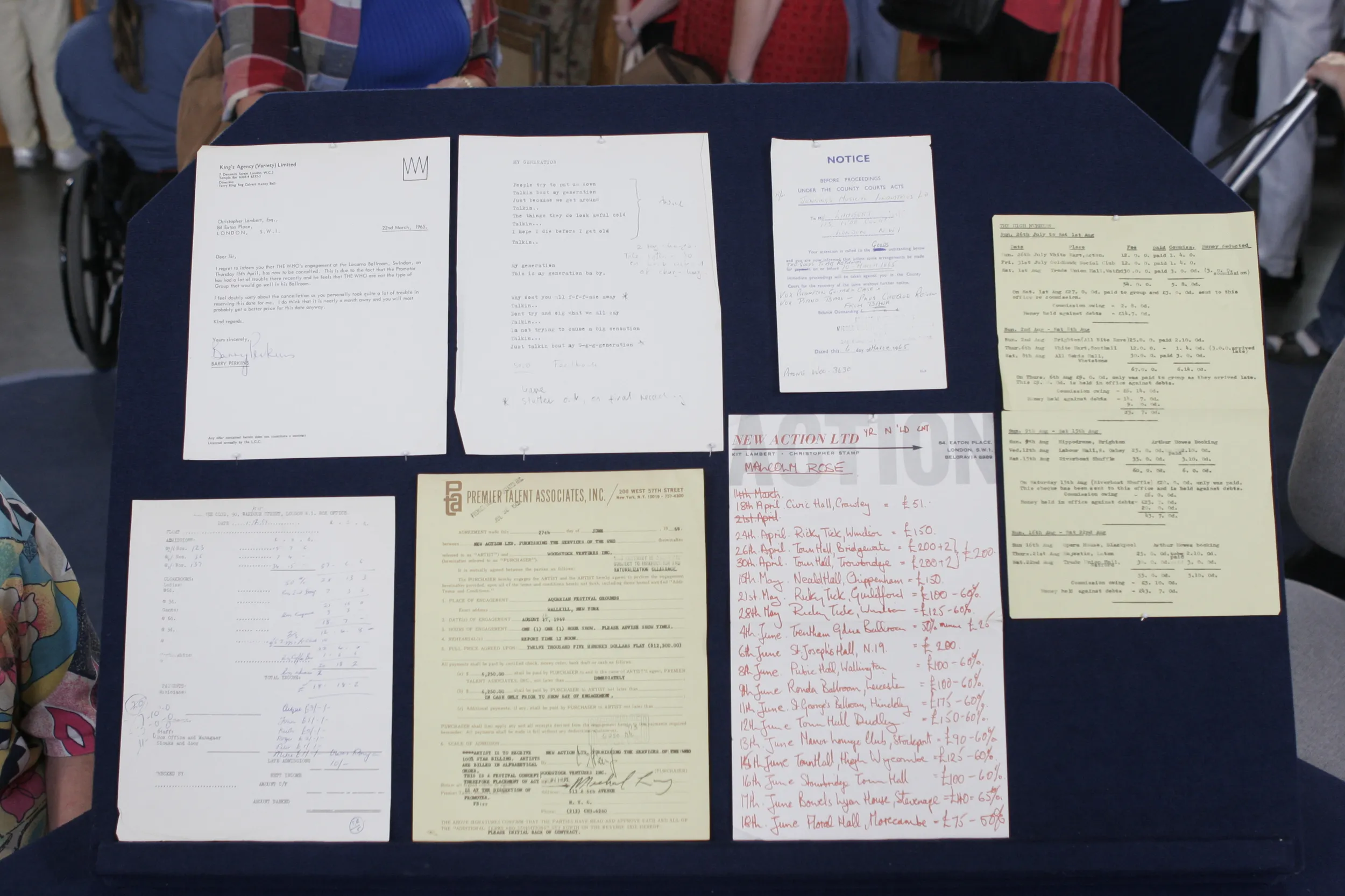GUEST: My husband's godfather gave this to him many years ago, and he told my husband that it was a Wilson original print. And that's all I know about it.
APPRAISER: This actually was not done by Wilson. You're probably thinking of Alexander Wilson, who was known as the father of American ornithology. And Wilson started publishing his pictures of birds in the early 1800s. This was much earlier. This is by a man named Mark Catesby.
GUEST: Catesby.
APPRAISER: Who was probably the first ornithologist to do pictures of birds in North America. In the 1720s, Mark Catesby went down to the Carolinas. He went to present-day Georgia, Florida, the Bahama Islands, and did these various works. Mark Catesby went back to England, taught himself engraving, took his drawings and started producing numerous copies of these. The idea was to have a book. And he did a whole series of birds as well as turtles and snakes and so on. If you'll notice right here, you've got this description here and it says "The Wood Pelican." Well, modern ornithology has realized that this particular bird is a stork. He produced these between 1731 and 1743. So it was a long period of time, because it was difficult to engrave a plate and then print them and then they had to be hand colored. But one of the things he does here... Notice that you've got a large outline of the bird's skull.
GUEST: Right.
APPRAISER: In this case, Catesby did something that ornithologists always wanted to do, was to show the birds to the full scale. And this was a way of showing the size of the bird's head, and therefore you could figure from there...
GUEST: How large the body is.
APPRAISER: Exactly. There were three different editions of Catesby's prints. We don't really know exactly what edition this is. You'd have to take it out of the frame and hold the paper up to the light. It's got some condition problems. I think a fair market value in a retail shop would be $2,400.
GUEST: Wow, I had no idea.









